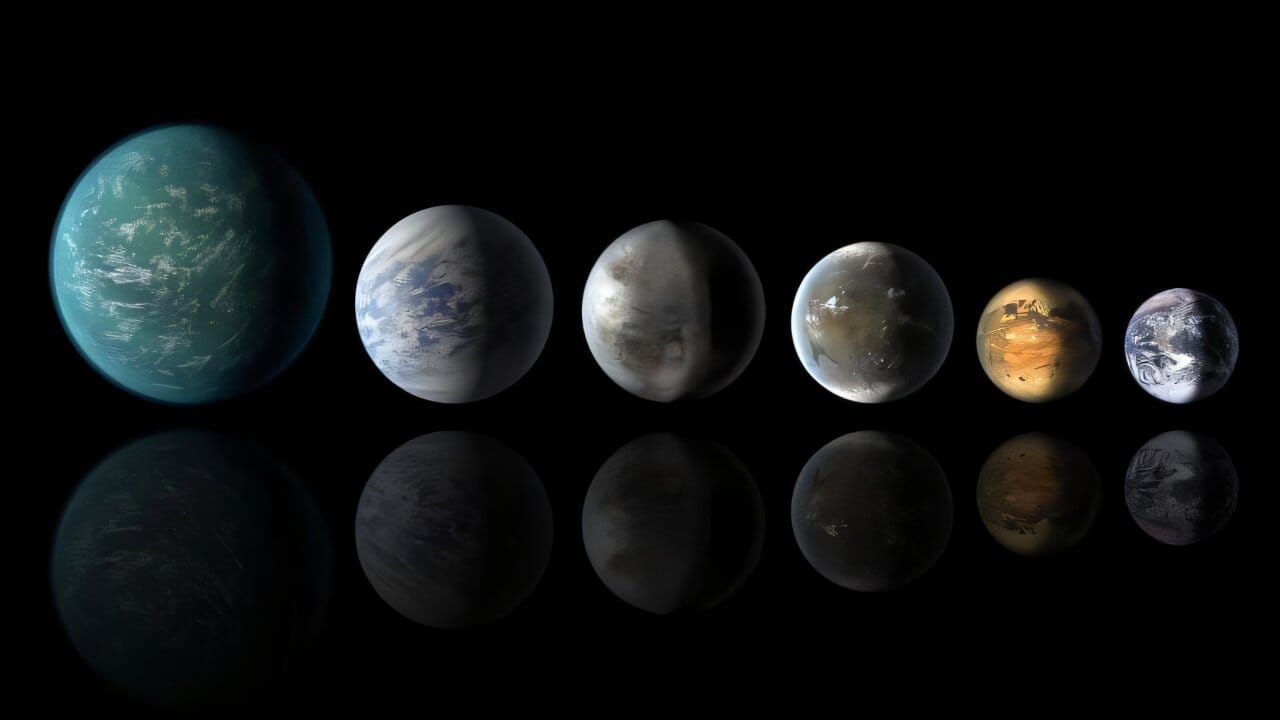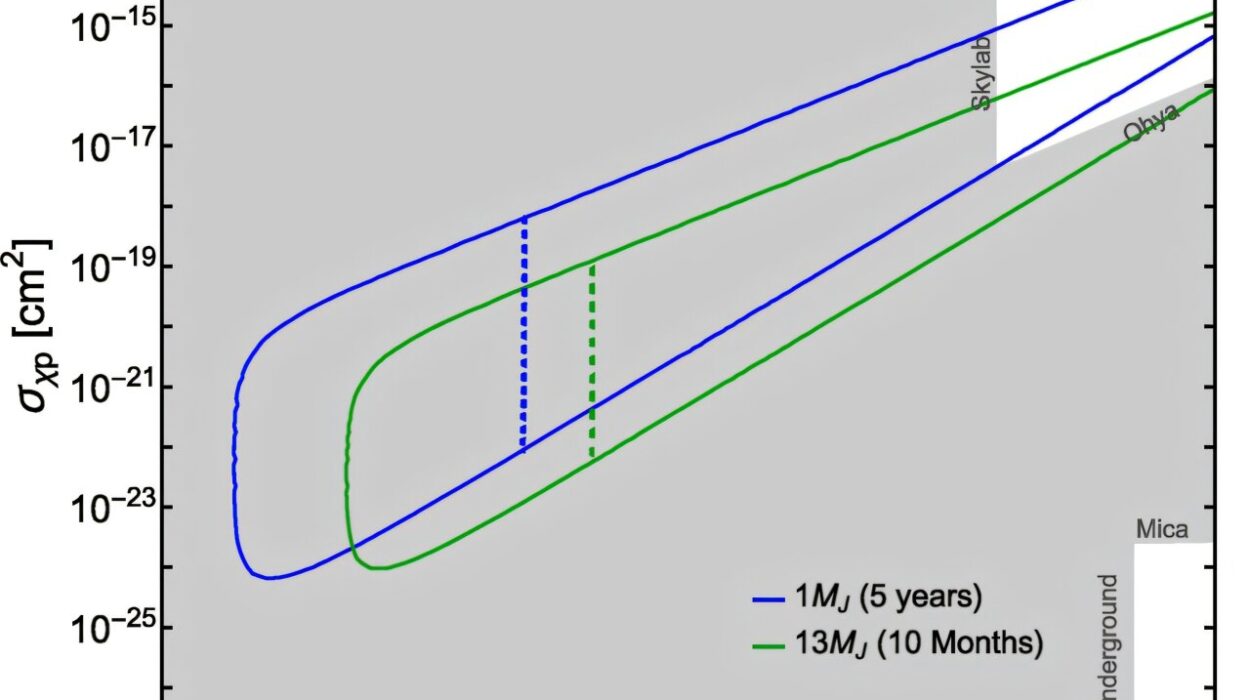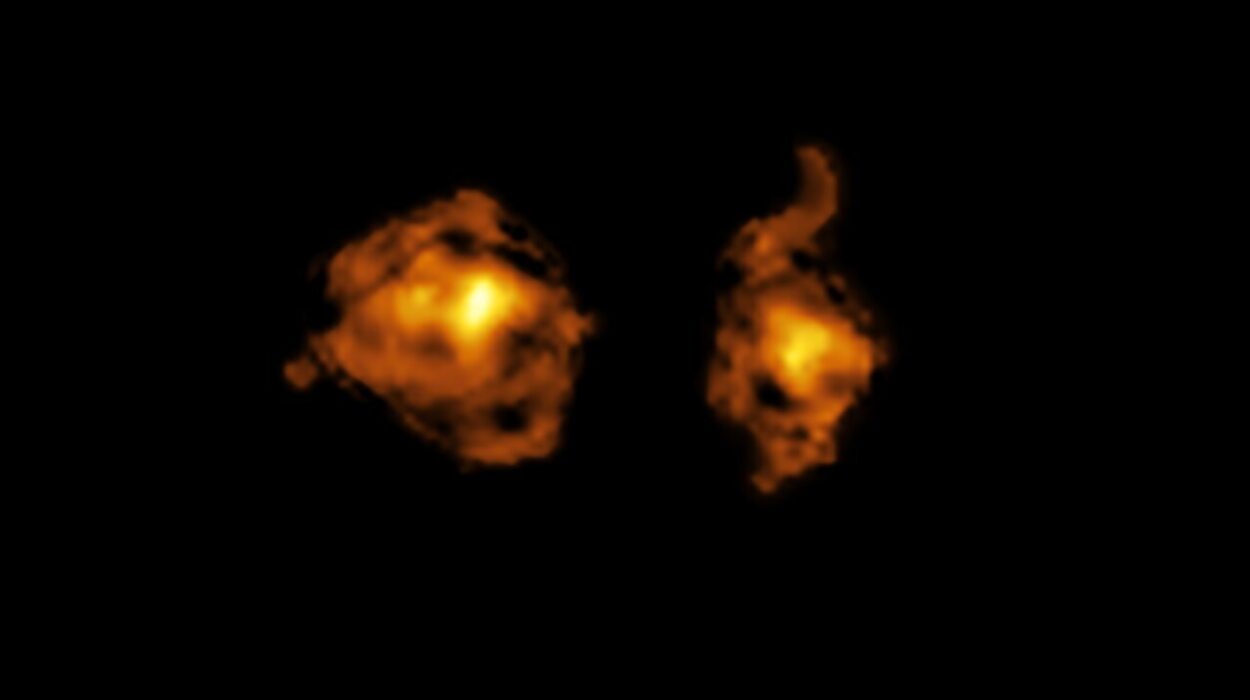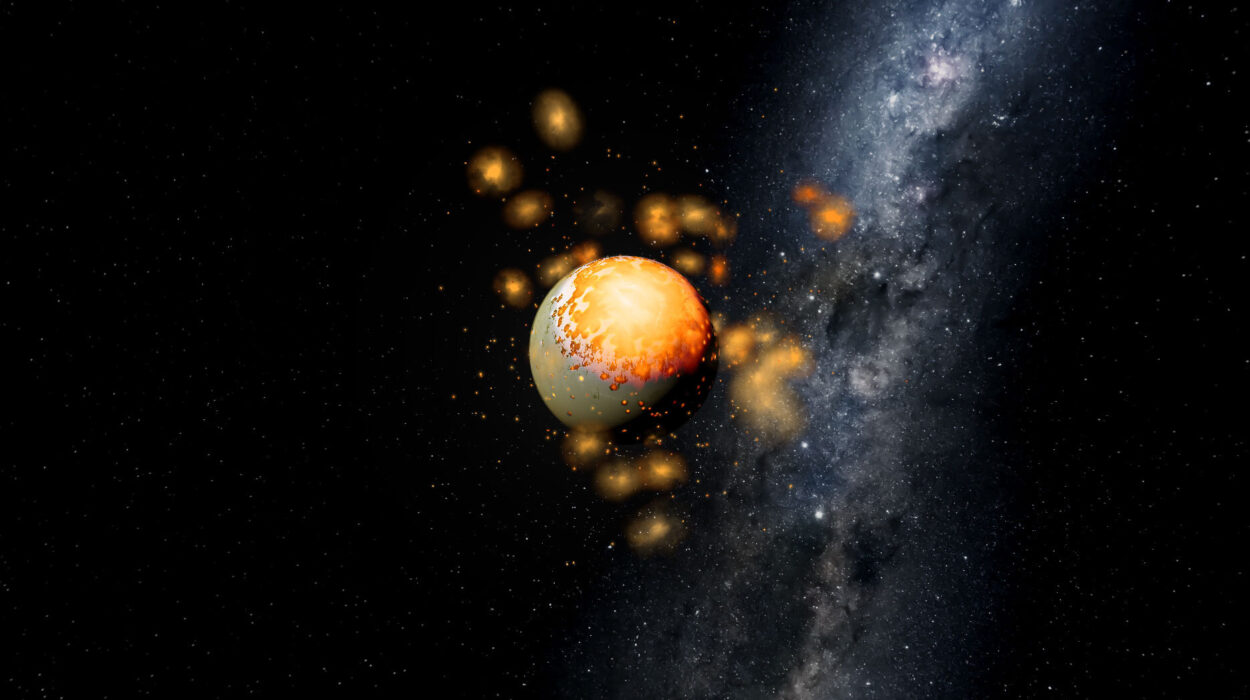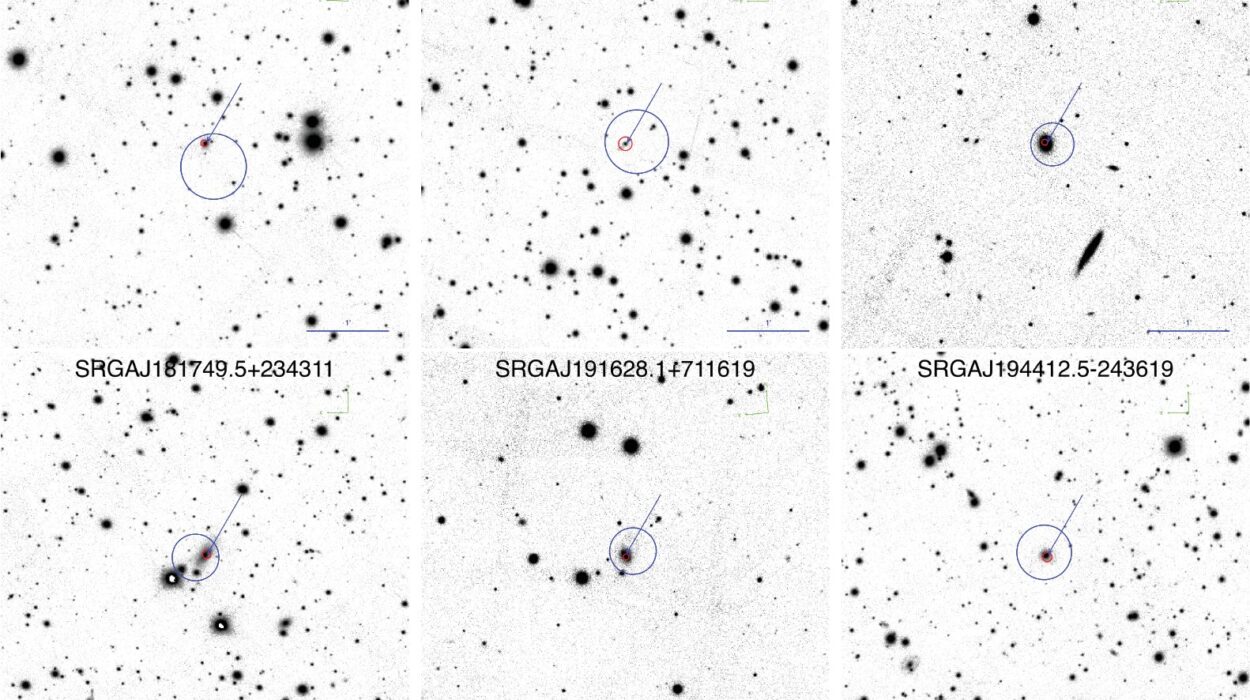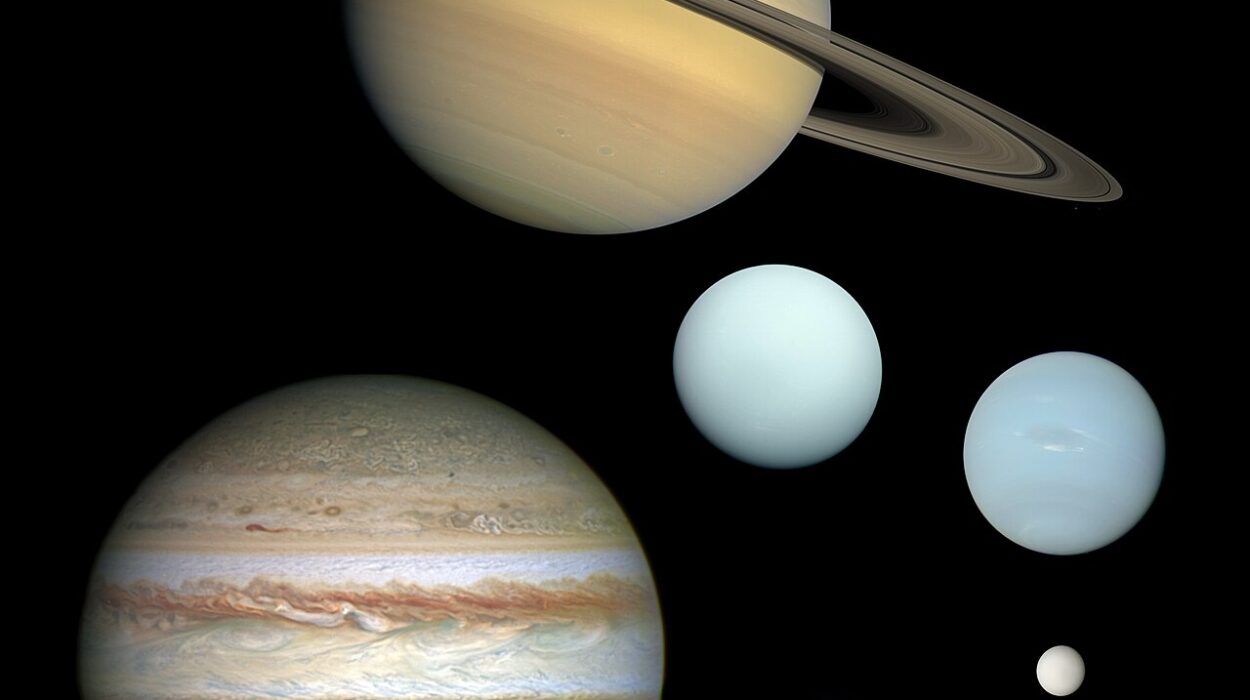For decades, scientists have wondered whether we’re alone in the universe. With thousands of confirmed exoplanets—worlds orbiting stars beyond our Sun—the search for life has moved from philosophical speculation to one of the most urgent and exciting scientific pursuits of our time. Now, a new study may help push that search forward by focusing on something deceptively simple: land.
A recently submitted study, now available on the arXiv preprint server, proposes a method for identifying land on distant rocky exoplanets—a clue that could help scientists avoid being misled by so-called “waterworld false positives.” These false positives occur when data suggests that a planet might have massive global oceans, but in reality, the signal may be masking more complex or even life-friendly terrain.
By identifying land, researchers believe they can more accurately determine whether an exoplanet has the chemical and physical ingredients necessary for habitability. More importantly, the method could help distinguish between planets that merely look Earth-like and those that truly may be.
Why Land Detection Matters in the Hunt for Life
Water is essential for life as we know it, but the presence of water alone is not enough to make a planet habitable. Paradoxically, too much water—such as the deep, global oceans predicted on so-called “waterworld” exoplanets—can actually suppress the key chemical processes that support life.
On Earth, land plays a crucial role in regulating carbon dioxide and oxygen through geological and biological cycles. The emergence of oxygen in Earth’s atmosphere—the same oxygen that most life relies on today—was tied to complex interactions between water, land, and microbial life.
But deep oceans can interrupt this balance. If a planet is entirely covered in water, without exposed land, it may lack certain minerals or geochemical processes necessary to maintain a stable and life-supporting atmosphere. Furthermore, such planets may give off false biosignatures—chemical hints that look like signs of life but are in fact due to unusual, abiotic conditions.
The study’s authors point out that if we can detect land on an exoplanet, we can better rule out these false positives. It’s a bit like seeing the shoreline in a foggy harbor—it tells you something real and solid is there beneath the blur of atmospheric haze.
How Scientists Aim to Spot Land on Distant Worlds
To explore this idea, the research team used data from the United States Geological Survey (USGS) spectral library, analyzing how different types of land surfaces reflect light across visible and ultraviolet wavelengths. Notably, they excluded desert sand and ice—both of which can mimic certain water and non-land features—focusing instead on more “typical” land materials like soil, rock, and vegetation.
They then applied this information to evaluate whether a future telescope—NASA’s Habitable Worlds Observatory (HWO)—could detect these land signals from across interstellar distances.
Their conclusion: yes, but only with the right technology. Specifically, the HWO would need a telescope about 8 meters (26 feet) in diameter to gather enough light and resolve planetary surfaces in meaningful detail. At that scale, the telescope could capture enough data to identify surface features like land masses based on their positive-sloping reflectance spectra—a distinct signature that land has compared to water (which reflects light more evenly) or ice (which reflects less at longer wavelengths).
The researchers wrote, “Detecting land via reflected light spectroscopy can help HWO rule out O₂ biosignature false positives associated with the suppression of O₂ sinks due to extremely deep oceans.” In other words, if we can see land, we’re far less likely to mistake a dead ocean planet for a living world.
Building the Habitable Worlds Observatory: A Telescope for the 2040s
The Habitable Worlds Observatory is not just a concept—it’s a bold vision of the future of space science. Designed to be the successor to the James Webb Space Telescope (JWST), HWO is envisioned as the most powerful space-based observatory ever built, capable of imaging exoplanets directly and analyzing their atmospheres in detail.
While the JWST revolutionized exoplanet science by peering into distant worlds’ atmospheres, HWO aims to take the next giant leap: actually seeing Earth-like exoplanets and determining whether they might be habitable.
To do this, HWO will image in optical, infrared, and ultraviolet wavelengths, and its primary science goal is to directly image at least 25 potentially habitable exoplanets. That means seeing these worlds not just as faint dots, but as worlds with clouds, oceans, atmospheres—and perhaps even continents.
Still in the planning stages, HWO isn’t expected to launch until sometime in the 2040s, but teams of scientists and engineers are already hard at work designing the instruments that could fulfill this vision.
The Mystery of Waterworlds
The idea of waterworlds is both fascinating and frustrating. Planets like those in the TRAPPIST-1 system, located about 40 light-years away, are among the most promising candidates for habitability—but several of them may be entirely covered in deep oceans, with water volumes up to 50 times that of Earth.
Other intriguing candidates include exoplanets orbiting Kepler-11, Kepler-62, and Kepler-22b, as well as GJ 1214b, which sits just 40 light-years away. These planets may possess thick, humid atmospheres and global oceans, but scientists don’t yet know if they have any dry land.
Most recently, a 2024 study published in The Astrophysical Journal Letters revealed that the exoplanet GJ 9827d, about 97 light-years away, appears to be a “steam world”—a planet with a water-rich atmosphere that’s too hot to support life as we know it. With a size slightly smaller than Earth’s and a thick vaporous envelope, it’s a tantalizing glimpse at a new kind of world.
What these planets show us is that the universe is filled with diversity, and no single characteristic—like the presence of water—is enough to determine whether a planet is habitable.
Seeing Beyond Earth: Life As We Don’t Know It
One of the most exciting aspects of the HWO’s land detection capability is that it may help identify not just life as we know it, but life as we don’t. By cataloging the compositions of planetary surfaces and cross-referencing them with atmospheric compositions, scientists may discover unexpected biosignatures—chemical fingerprints of lifeforms that don’t rely on oxygen, carbon, or water the way Earth life does.
In addition, land detection helps refine climate models for exoplanets. On Earth, the presence of continents affects wind patterns, cloud formation, and heat distribution—all critical for maintaining a stable climate. Seeing land features could allow astronomers to simulate a planet’s weather systems, potentially revealing whether its environment could sustain liquid water over geologic timescales.
A Future Written in Reflected Light
We are living through a golden age of planetary discovery. With nearly 6,000 confirmed exoplanets and thousands more awaiting confirmation, the question has shifted from if life exists beyond Earth to where and how we might find it.
Identifying land on exoplanets may seem like a humble step, but in truth, it’s a seismic shift. It allows us to move beyond vague categories and into the realm of detailed planetary characterization. It helps us weed out false hopes and focus our attention on the most promising worlds.
As the researchers of this new study show, sometimes the key to answering the biggest questions lies in something simple—like the way light reflects off a rock billions of miles away.
When HWO finally launches and opens its golden eye to the universe, it may see not just stars and planets, but continents, coastlines, and the distant glimmer of worlds that remind us of home. And perhaps, in one of those reflections, we’ll see signs that we are not alone.
More information: Anna Grace Ulses et al, Detecting Land with Reflected Light Spectroscopy to Rule Out Waterworld O$_2$ Biosignature False Positives, arXiv (2025). DOI: 10.48550/arxiv.2506.21790
